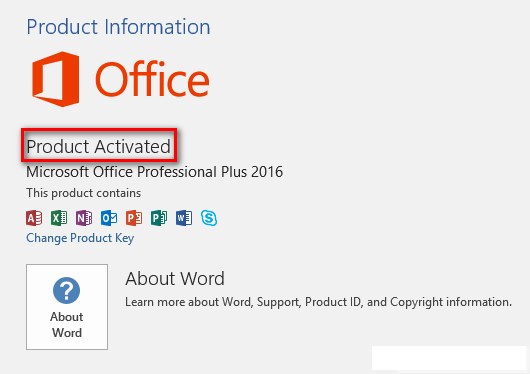


The task needs to be set to ‘Run whether user it logged on or not’. The command to use is “powershell.exe” and the arguments pointing to the location of your newly created ps1 scripts in the format ” -file “C:\scripts\admin\Out Of Office On.ps1″ ” The conditions of the Scheduled Tasks would be to run the powershell script files, again matching up the on and offs. Below I’ve created one for the ‘on’ part, which triggers weekly on Monday, Tuesday, Wednesday, Thursday and Friday at 7:30am. One will be when you want the Out of Office on, and the other when you want it off. Step 3 – Create two Scheduled Task on a server. I have two scripts, one that enables, and the other that disables Out of Office

ps1, and change the variables to what you want. Your message will be saved on the server. Outlook, OWA, however you do it, it doesn’t matter. Step 1 – Set the Out Of Office message you want on your mailbox manually. This isn’t good for individuals, but is good for centralised mailboxes, say an IT Helpdesk mailbox that you want people to know when someone will look at their request or not. I decided to come up with my own solution. It would be great to be able to have a bounce back on anything sent outside your working hours, but it isn’t easily possible natively unless you use a vbs script inside an Outlook rule – requiring Outlook to actually be running. There has been a long-lacking feature in Outlook – the ability to automatically set your Out of Office message to turn on and off on a scheduled basis.


 0 kommentar(er)
0 kommentar(er)
